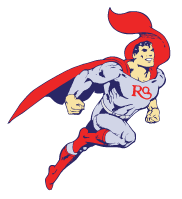To put simply, the code of any rail (i-e code-250 rail) is just the measurement of height in thousandths of an inch. Therefore, the code 250 means 250’’ or ¼’ tall.
Brass offers significant benefits over stainless steel. For starters, brass is much easier to work with and can be soldered very easily. It is also cheaper than steel and conducts electricity very well. On the other hand, stainless steel is much harder to work with, has a higher material cost and does cause some issues when soldered. Stainless steel is a better option for more shiny and bright layouts whereas brass is great for darker themes.
This depends on several different factors such as the type of material used (wood or plastic), your local climate (Wet vs Dry vs Saltwater), and even the amount of direct sunlight exposure. 1 track tie used commercially has a UV coating to protect against environmental elements. If you take care of maintenance, your ties should last many years outdoors.
In the sectional track, the ties will be integrated into just one piece. There are no assembly requirements. If you use a flex track, ties and rail would be separated. After cutting/bending the rail according to the desired curve(s), the ties will simply slide onto each rail. No screws/staples or glue is required.
Most of the trains can easily negotiate the smallest available radius which is LGB’s #1100 curved track. It is 2’ in radius which means that the diameter of the circle would be 4’. However, under realistic conditions, this would be far too tight. The general rule of thumb is to use the largest radius that you can accommodate. 7 to 8 inches is the perfect diameter around which the train will be able to curve in a realistic manner.

